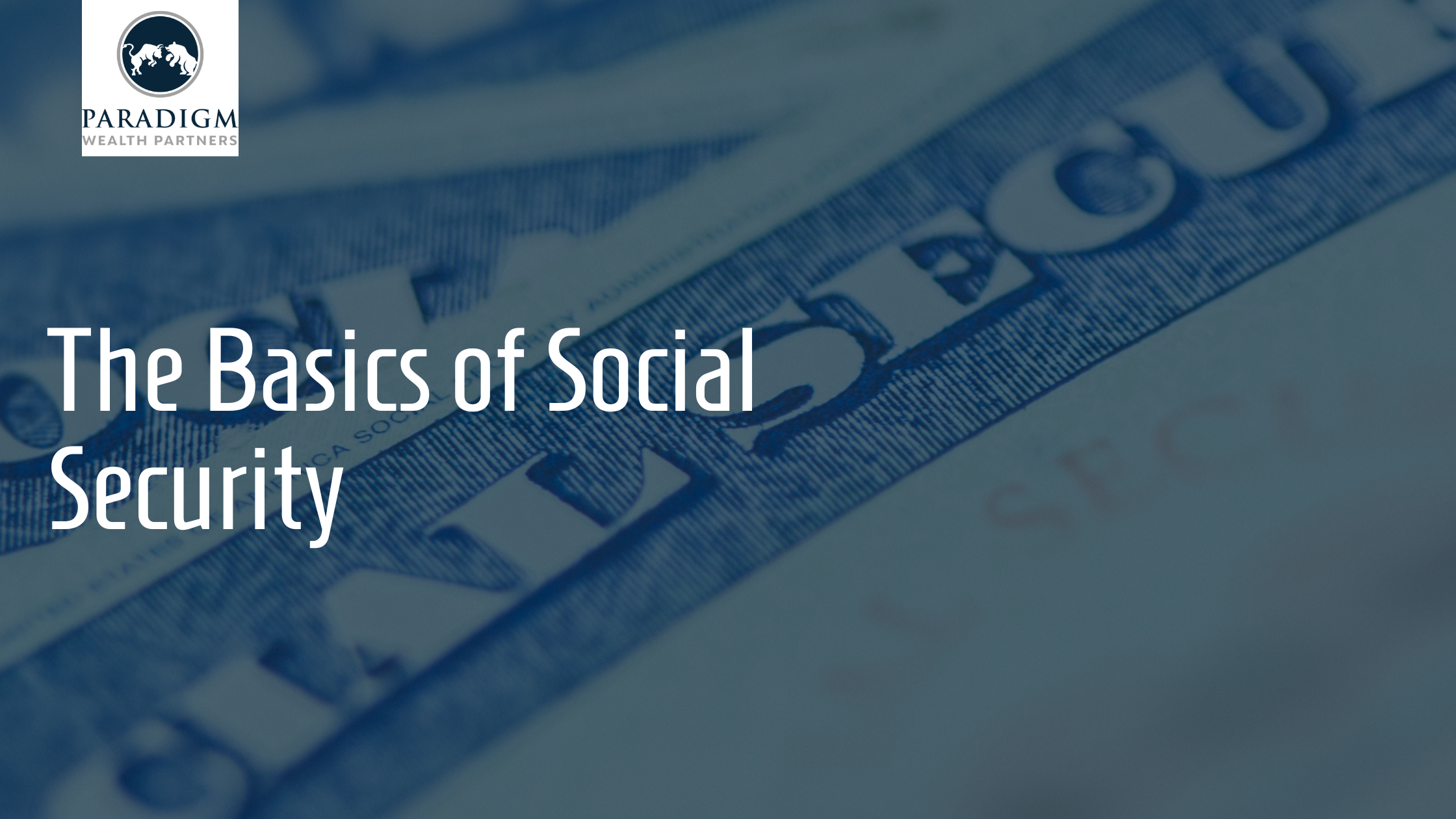By 2030, just six years from now, every Baby Boomer will be 65 or older—all 73 million of them. You become eligible to begin receiving Social Security benefits at age 62, so if you’re not there yet, you soon will be. So, I thought it would be a good time to review the basics of Social Security.
COLA Increase for 2024
Each year since 1975, the Social Security Administration (SSA) has adjusted Social Security benefits for inflation. Beginning in January 2024, the COLA, cost of living adjustment, will be 3.2%. This is a much smaller COLA than last year’s, which was 8.7%, reflecting the reduction in inflation over the past 12 months.
This increase will make the average monthly Social Security retirement payment around $1,907, up about $59 from 2023’s monthly payment of $1,848.
Who is Eligible for Social Security?
You earn credits toward Social Security benefits when you work and pay Social Security taxes. You need 40 credits to receive Social Security retirement benefits, which represents ten years of work. If you stop working before reaching 40 credits, the credits you did earn remain on your record. If you work in the future, more credits will be added as you meet the requirements.
You can begin receiving Social Security retirement benefits at age 62, but benefits are reduced if you opt to start receiving payments before the full retirement age. For those born between 1943 and 1954, full retirement age is 66. This increases gradually for those born from 1955 to 1960 until it reaches age 67. For those born in 1960 or later, the full retirement age is 67.
How are Social Security Benefits Calculated?
Social Security benefits are based on how much you earned over the course of your working years. The SSA uses a formula based on a recipient’s income during their 35 highest earning years indexed for inflation.
Higher earnings mean higher benefits. The age at which you opt to begin receiving benefits also impacts your payment amount. The longer you wait, up until the full retirement age of 66 or 67, the higher the benefit.
You can create a Social Security account at ssa.gov/myaccount to see how many work credits you’ve accumulated and to get an estimate of your benefits.
Penalty for Claiming Benefits Early vs. Delaying
You can choose to begin taking benefits as early as age 62, but this may mean a reduction in benefits of up to 30%. With delayed retirement credits, you can receive the largest benefits by retiring at age 70.
Spousal Benefits
Non-working spouses are eligible for Social Security benefits based on the working spouse’s earnings record. Social Security benefits for the non-working spouse typically equal up to 50% of the working spouse’s benefits. The percentage will depend on when the non-working spouse begins receiving benefits. It maxes out at full retirement age.
Survivor Benefits
When both spouses have been claiming Social Security benefits, and one passes away, the surviving spouse will receive the higher benefit. For example, if a husband’s benefits were larger than his wife’s, the wife would receive the amount her husband was receiving but no longer the amount she was receiving.
If the surviving spouse is at full retirement age or older, they can receive 100% of their spouse’s benefit amount. If they’re between 60 and full retirement age, they’ll receive between 71.5% and 99%.
Others who may qualify for survivor’s benefits include:
- A surviving spouse who is 50 or older and has a disability
- A surviving divorced spouse who meets certain criteria
- A surviving spouse who cares for the deceased’s child under age 16 or who has a disability
- An unmarried child of the deceased who is under 18 or up to 19 if they are a full-time elementary or secondary school student or age 18 and older with a disability that began before age 22
Ex-Spouse Benefits
As mentioned above, former spouses are entitled to receive Social Security benefits based on their ex-spouse’s record even if that ex-spouse has remarried as long as they meet the following criteria:
- The marriage lasted ten years or more
- They are unmarried
- They are 62 or older
- The benefit they are entitled to based on their work history is less than the benefit they would receive based on yours
Social Security Earnings Test
It is permissible to continue working and receiving Social Security benefits simultaneously. Those in this position are subject to the Social Security earnings test before reaching full retirement age.
The SSA will withhold some of your benefits for every dollar you make above a certain income limit. In other words, a worker who collects Social Security before the full retirement age will receive a reduced percentage of their benefits.
This doesn’t mean leaving benefits on the table. You recoup the lost benefits once you reach the full retirement age.
Taxation of Social Security Benefits
Some people will have to pay federal income taxes on their Social Security benefits. Those subject to this taxation typically have substantial income from other sources like income from a job, dividends, or other forms of taxable income that must be reported on their tax return.
You will pay taxes on 85% of your Social Security benefits if you:
- File a federal tax return as an individual, and your combined income is:
- between $25,000 and $34,000, you may have to pay income tax on up to 50% of your benefits
- more than $34,000, up to 85% of your benefit may be taxable
- File a joint return, and you and your spouse have a combined income that is:
- Between $32,000 and $44,000, you may have to pay income tax on up to 50% of your benefits
- more than $44,000, up to 85% of your benefits may be taxable
- Are married and file a separate tax return, you will probably have to pay taxes on your benefits
Every January, you’ll receive Form SSA-1099, a Social Security Benefit Statement that shows the amount of benefits you received during the previous year. You can use this form when you fill out your tax return to determine if your benefits will be taxed.
If you do have to pay taxes on your Social Security benefits, you can make quarterly estimated payments or choose to have federal taxes withheld from your benefits.
The Future of Social Security
There is a lot of concern about the future of Social Security, and for good reason. Since 2010, Social Security has brought in less revenue than it pays out and has been covering the shortfall with its reserves.
Currently, the trust funds that disburse retirement, disability, and other Social Security benefits will be depleted by 2035, just eleven years from now. This doesn’t mean Social Security will end. It means that the system will exhaust its cash reserves and will be able to pay out only what it brings in year-to-year in Social Security taxes. This would see Social Security pay out about 80% of the benefits to which retired and disabled workers are entitled to.
This situation could be addressed in several ways:
- Raise the full retirement age
- Increase the cap on Social Security payroll contributions
- Increase the income level subject to Social Security taxes
- Means test benefits
- Reduce benefits
Whatever it may look like in the future, Social Security is not going anywhere. About half of those 65 and older live in households that receive at least 50% of their family income from Social Security benefits, and about 25% of those households depend on those benefits for at least 90% of their family income. For the program to end would be catastrophic.
We’re Here to Help
If you would like assistance determining how best to optimize your Social Security benefits or any other aspect of retirement planning or overall financial planning, please reach out to our team.



